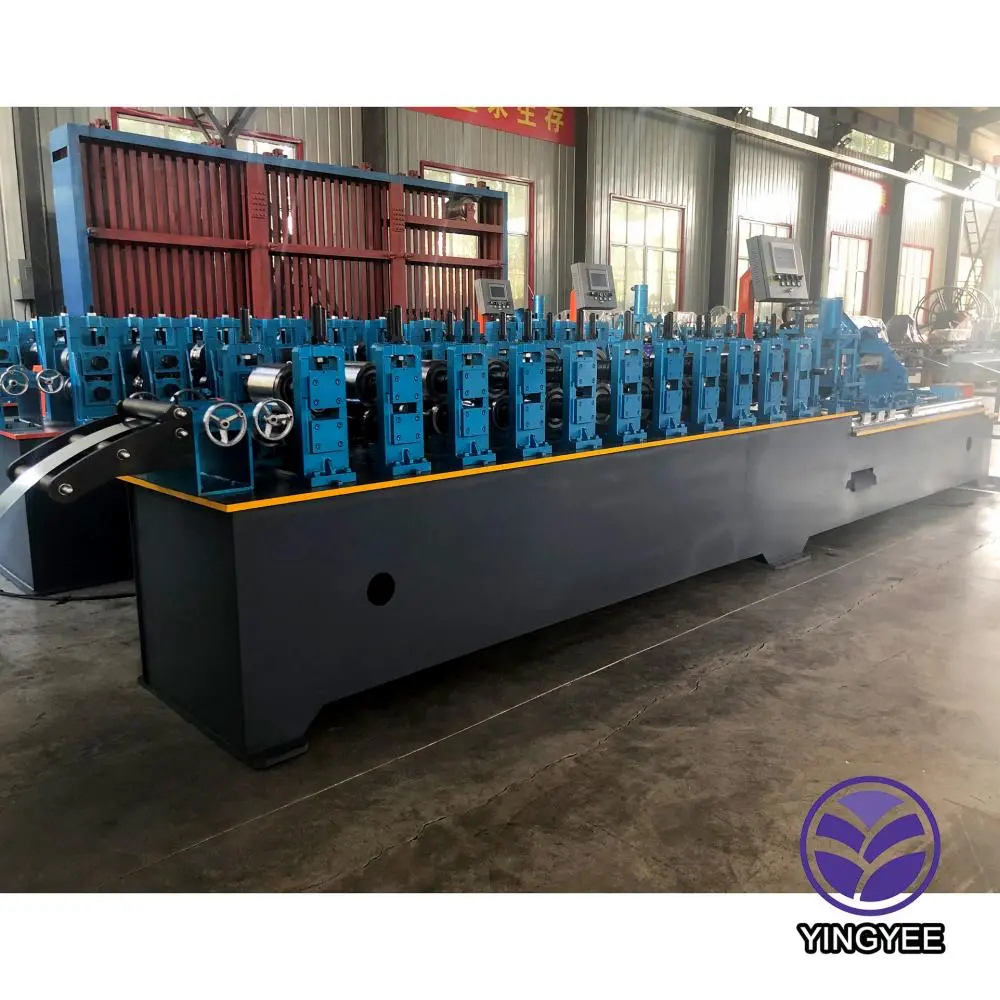Understanding E6013 Welding Rod Characteristics and Applications
Welding is a vital process in various industries, providing the means to join metals together for the construction of structures, machinery, and tools. Among the various types of welding rods available, the E6013 welding rod is one of the most popular choices, particularly for beginners and in applications where versatility and ease of use are paramount. This article explores the characteristics, advantages, applications, and tips for using E6013 welding rods effectively.
Characteristics of E6013 Welding Rod
The E6013 welding rod is classified under the American Welding Society (AWS) standards, where E denotes electrode, 60 indicates a minimum yield strength of 60,000 psi, and 13 signifies the type of welding rod and its usability characteristics. One of the defining features of E6013 rods is their coating, which consists typically of a mixture of cellulose and mineral components. This coating helps to produce a smooth, stable arc during the welding process and generates a protective gas shield that helps to prevent contamination of the weld pool.
E6013 rods are designed for both flat and horizontal welding positions, making them ideal for a wide array of projects. They come in various diameters, typically ranging from 1.6 mm to 5.0 mm, allowing for flexibility depending on the thickness of the base materials being welded. Additionally, E6013 rods are known for their excellent arc stability and low spatter levels, resulting in clean welds with minimal finishing work required.
Advantages of E6013 Welding Rod
One of the key advantages of E6013 welding rods is their ease of use. They are particularly well-suited for novice welders due to their forgiving nature. The rods provide a consistent arc, which is essential for beginners still mastering the technique of maintaining the right distance and speed during welding.
Another significant benefit is their versatility. E6013 rods can be used for various materials, including mild steel and low alloy steel, making them an excellent choice for general-purpose welding. Furthermore, they perform well in both AC and DC welding processes, allowing welders to choose their equipment based on availability and preference.
E6013 rods also produce aesthetically pleasing welds, with a smooth appearance and minimal cleanup required. This aspect is particularly beneficial in applications where visual quality matters, such as in automotive bodywork or architectural projects.
Applications of E6013 Welding Rod
Given their characteristics and advantages, E6013 welding rods are used in various industries and applications, ranging from construction to maintenance and repair. They are commonly employed in the following areas
e6013 welding rod
1. General Fabrication E6013 rods are widely utilized in workshops and fabrication shops for general metalworking tasks, including constructing frames, enclosures, and other structural components.
2. Automotive Repair The ability of E6013 rods to produce clean, strong welds makes them ideal for automotive applications. They are often used in repair work, where precision and appearance are important.
3. Construction Projects Many construction projects utilize E6013 rods for fabricating steel structures, handrails, and other metal components due to their versatility and strength.
4. Maintenance and Repair In maintenance scenarios, welders often choose E6013 rods for repairing equipment, machinery, and pipelines, thanks to their ability to work well in diverse conditions.
Tips for Using E6013 Welding Rods
For optimal results when using E6013 welding rods, consider the following tips
- Set the Correct Amperage Use the appropriate amperage setting based on the rod diameter and material thickness. Too high could burn through thinner materials, while too low may lead to poor penetration and weak welds.
- Maintain Arc Length Keep a consistent arc length; too short may cause sticking, while too long could lead to inconsistent welds.
- Clean the Base Material Ensure that the surfaces to be welded are free from rust, oils, and other contaminants to improve weld quality and strength.
- Practice Proper Technique Familiarize yourself with basic welding techniques like travel angle and speed. Practicing on scrap materials can build confidence and skill.
In conclusion, E6013 welding rods are a reliable and versatile choice for both novice and experienced welders. Their easy usability, strong performance, and aesthetic quality make them a go-to option for many welding applications across various industries. Whether you are involved in fabrication, repair, or construction, understanding the capabilities and proper usage of E6013 rods can greatly enhance your welding projects.







